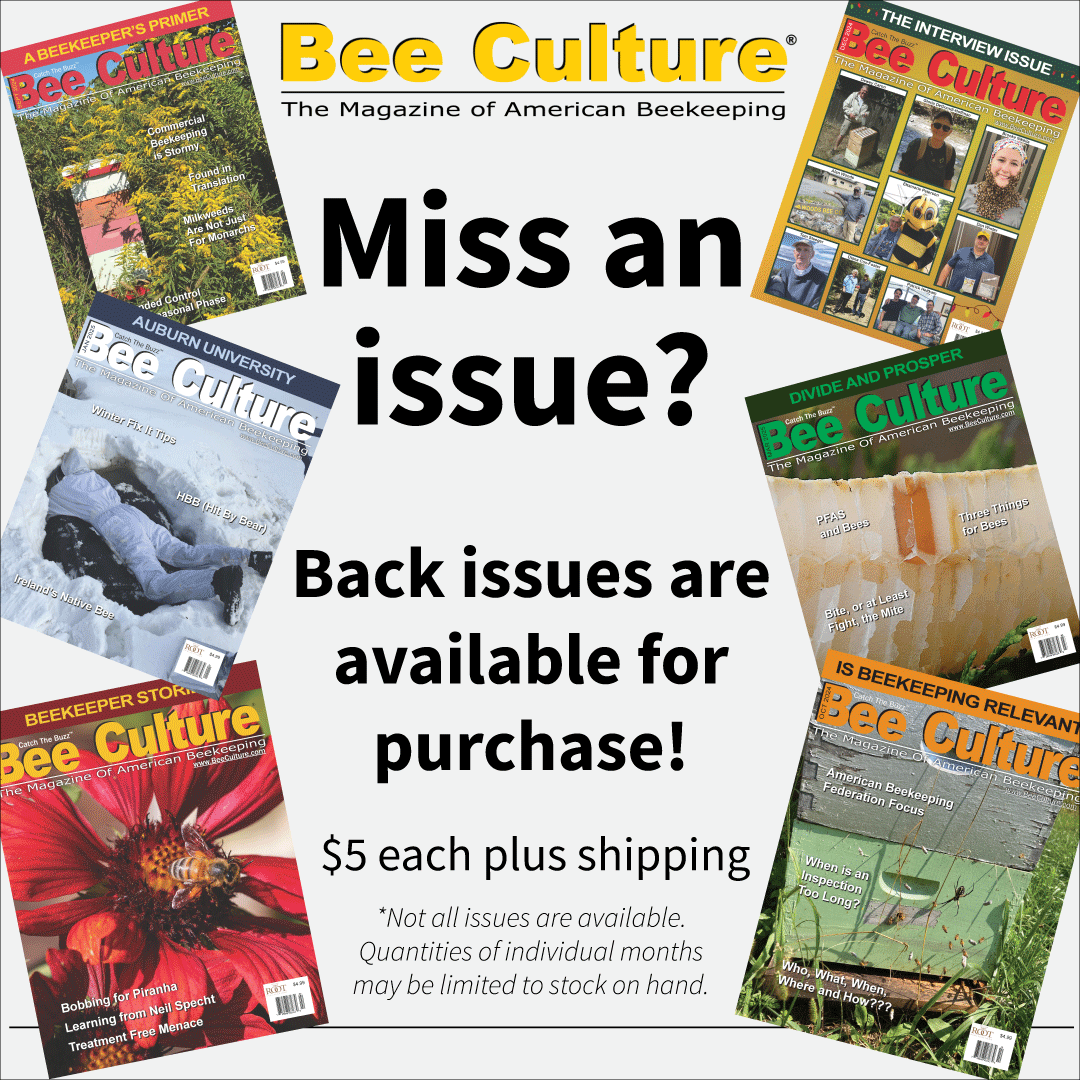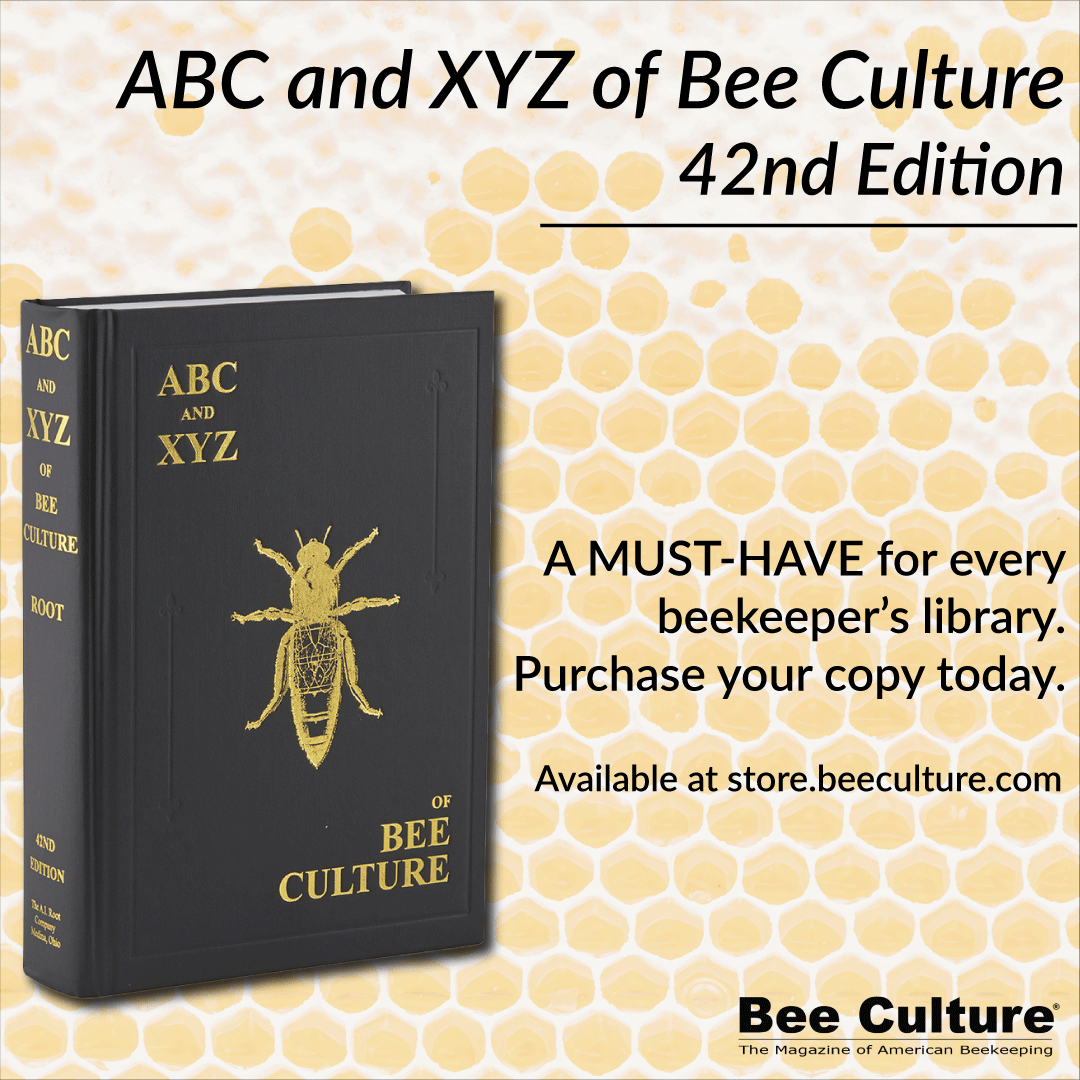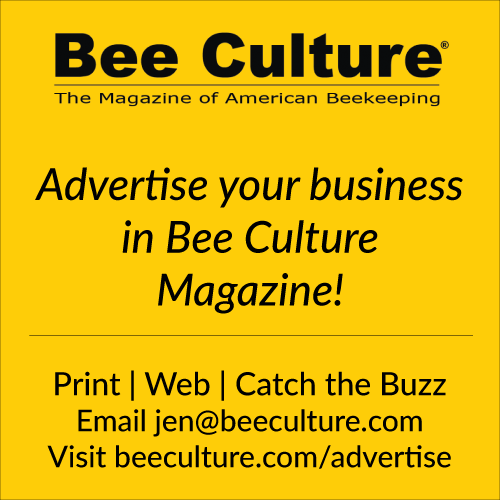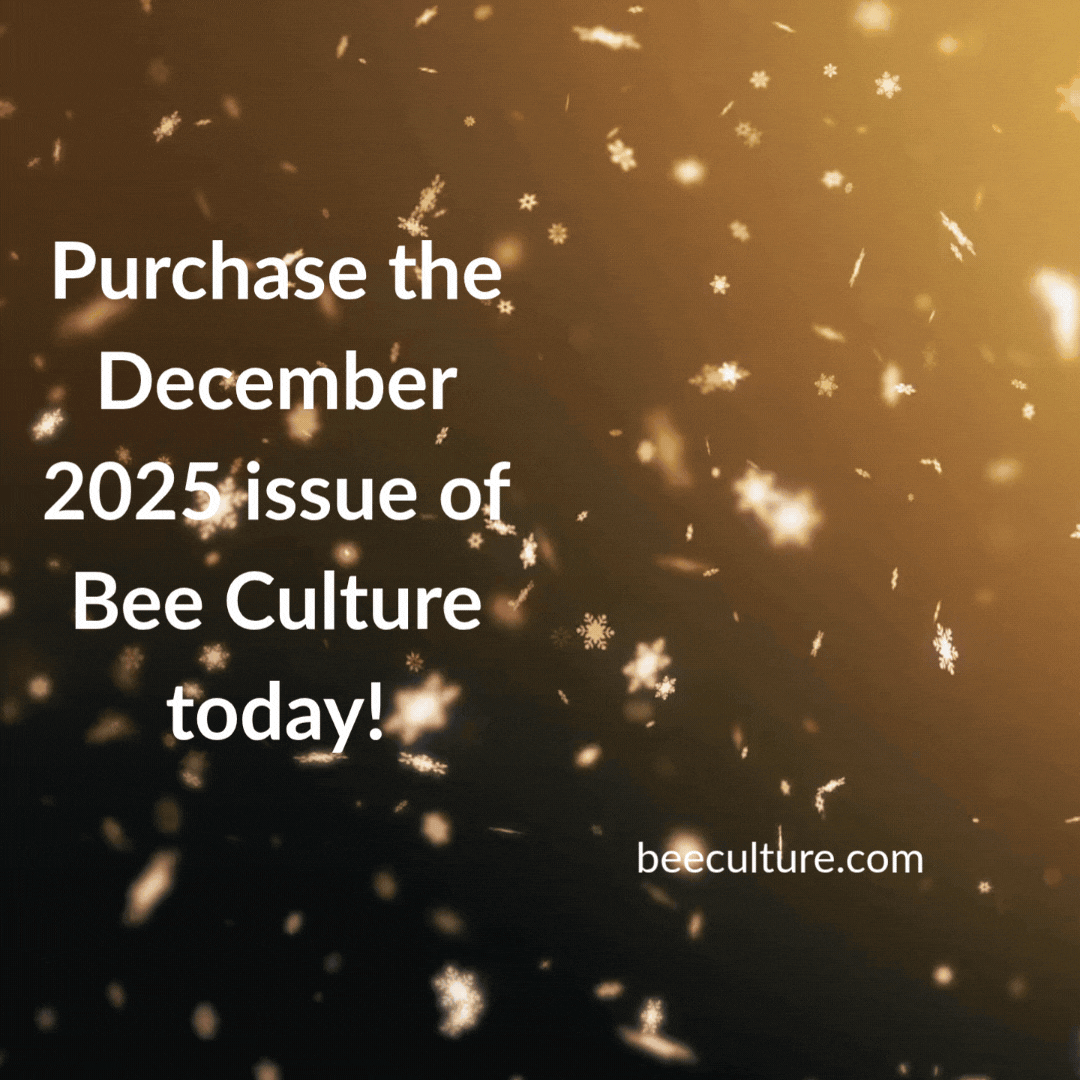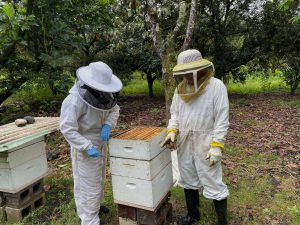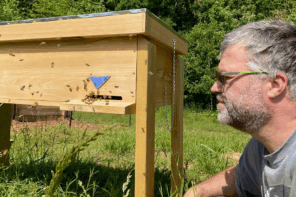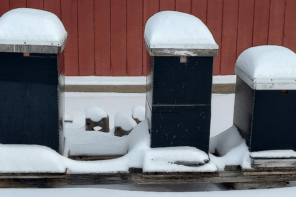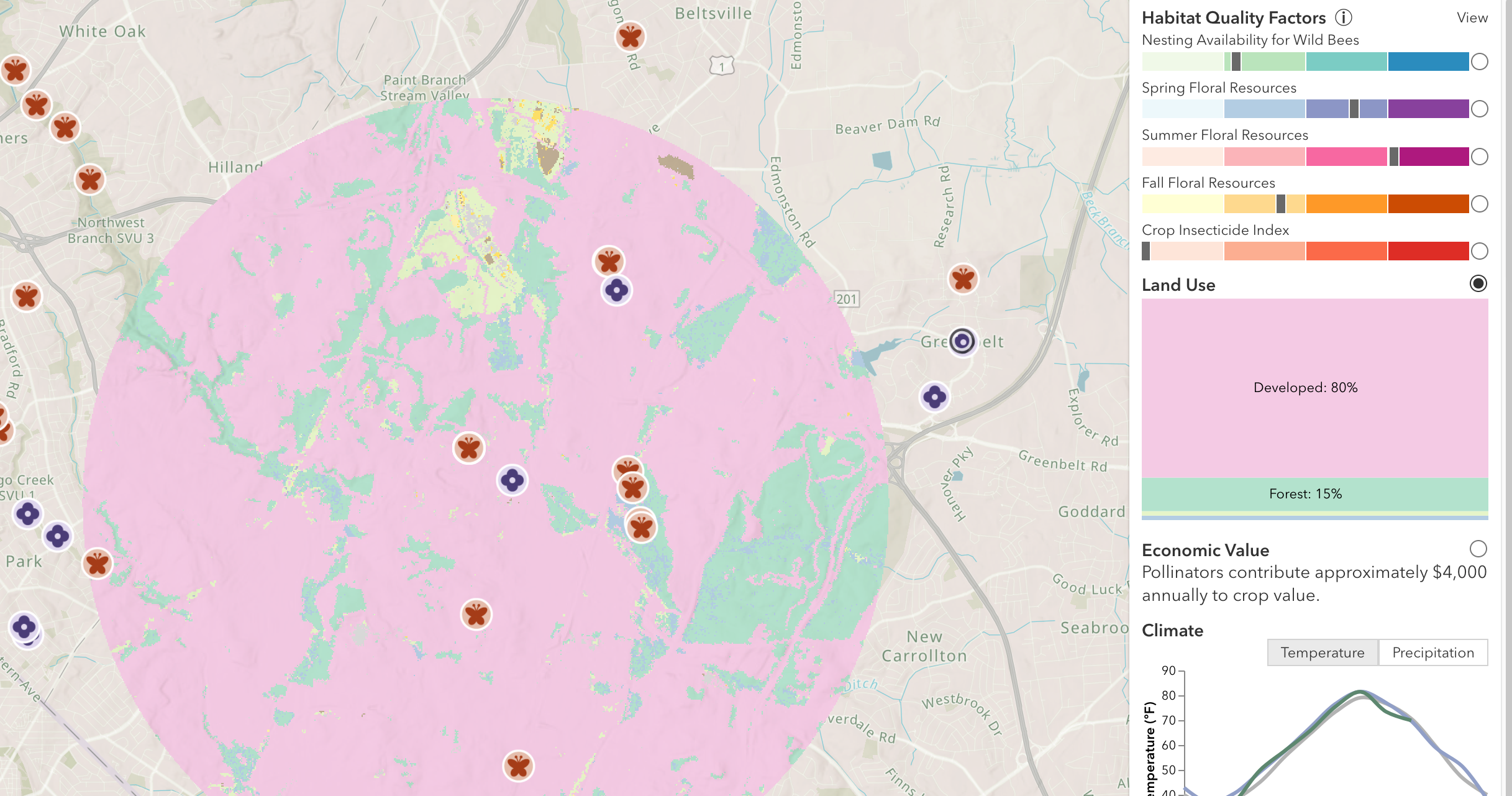Click Here if you listened. We’d love to know what you think. There is even a spot for feedback!
Read along below!
Found in Translation
Flowers For All and All For Flowers
By: Jay Evans, USDA Beltsville Bee Lab
Before you became a beekeeper you knew bees and beekeepers rely on flowers to succeed. Now that you keep bees, you groan when a week of rain hits just when your area’s favorite tree or groundcover plant species hits peak flower, as this can limit the rewards gathered by a colony’s foragers. The bee-plant relationship is well worn and if you put all the world’s flowers and all the world’s bees (honey bees and 20,000 more hardworking bee species) in a gentle blender and mixed them all up, there would be plenty of sex for plants and plenty of food for bees. As with human hunger, the challenge in large part comes from a disconnect in time and space. Some bees fail to materialize when plants are waiting for them and many plants fail to flower when bees are flying.
Humans can help both partners overcome the time-space challenge. As beekeepers, you know how hard commercial and local beekeepers work to get healthy bees to the right place at the right time for flowers that might otherwise be poorly pollinated, so I won’t dwell on that. Humans (some) are also adept at managing plants and lands so that more flowers are doing more good for local bees. A lot of science goes into those decisions, enough so that this brave entomologist will try to summarize the work of a handful of recent studies from people way smarter on the plant side.
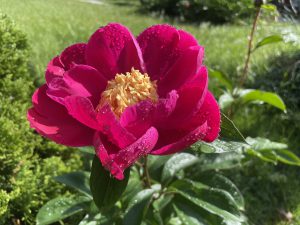 Flowering plants need space, soil, sun, and water to thrive, so the first challenge is to locate and often re-purpose scarce land that will work for feeding bees. In the U.S. and other countries, much of our land is tied up for human purposes that are incompatible with growing flowers. Even more land is simply too dry, rugged, or cold to sustain bees and plants, although if you have been in the southwestern deserts during a bloom you know that things often happen for a short time to the benefit of patient bees and flowers. When lands allow it, providing services to humans while supporting bees is a noble goal. This goal is achieved in many cases for solar energy ‘farms’, within which pollinator-friendly plants can be cultivated. Hollie Blaydes and colleagues explored how to combine harvesting the sun for electricity with harvesting the sun for flowering plants in 15 different solar farms On-site floral resources and surrounding landscape characteristics impact pollinator biodiversity at solar parks, Ecological Solutions and Evidence, 2024, https://doi.org/10.1002/2688-8319.12307”). Site location combined with management of those sites has a huge impact on sustaining bees. Overall, only 9% of the land footprint covered by solar farms is available for bee pollinators, although the variation in this acreage (from 0% to 30%) suggests more could be done to blend electricity with flowers. This acreage nevertheless supported a rich assemblage of insect visitors to flowers, dominated by butterflies, moths and bumble bees. Honey bees made up less than 1% of the flower visitors across all sites, a typical value for non-crop flowering areas, and in contrast to recent narratives that honey bees are dominant across the land. The study thoroughly mapped areas adjacent to solar farms as well, indicating that as important as it is to manage lands within a solar farm it can be equally important for bees and other beneficial insects to install these farms in areas with conducive surroundings. This jives with U.S. recommendations for solar farm dual-use, i.e., as detailed by Georgena Terry in “State pollinator-friendly solar initiatives”, Clean Energy States Alliance, 2020 (https://www.cesa.org/wp-content/uploads/State-Pollinator-Friendly-Solar-
Flowering plants need space, soil, sun, and water to thrive, so the first challenge is to locate and often re-purpose scarce land that will work for feeding bees. In the U.S. and other countries, much of our land is tied up for human purposes that are incompatible with growing flowers. Even more land is simply too dry, rugged, or cold to sustain bees and plants, although if you have been in the southwestern deserts during a bloom you know that things often happen for a short time to the benefit of patient bees and flowers. When lands allow it, providing services to humans while supporting bees is a noble goal. This goal is achieved in many cases for solar energy ‘farms’, within which pollinator-friendly plants can be cultivated. Hollie Blaydes and colleagues explored how to combine harvesting the sun for electricity with harvesting the sun for flowering plants in 15 different solar farms On-site floral resources and surrounding landscape characteristics impact pollinator biodiversity at solar parks, Ecological Solutions and Evidence, 2024, https://doi.org/10.1002/2688-8319.12307”). Site location combined with management of those sites has a huge impact on sustaining bees. Overall, only 9% of the land footprint covered by solar farms is available for bee pollinators, although the variation in this acreage (from 0% to 30%) suggests more could be done to blend electricity with flowers. This acreage nevertheless supported a rich assemblage of insect visitors to flowers, dominated by butterflies, moths and bumble bees. Honey bees made up less than 1% of the flower visitors across all sites, a typical value for non-crop flowering areas, and in contrast to recent narratives that honey bees are dominant across the land. The study thoroughly mapped areas adjacent to solar farms as well, indicating that as important as it is to manage lands within a solar farm it can be equally important for bees and other beneficial insects to install these farms in areas with conducive surroundings. This jives with U.S. recommendations for solar farm dual-use, i.e., as detailed by Georgena Terry in “State pollinator-friendly solar initiatives”, Clean Energy States Alliance, 2020 (https://www.cesa.org/wp-content/uploads/State-Pollinator-Friendly-Solar-
Initiatives.pdf).
Taking a deeper dive at flower power, bee specialists Katherine Chau and Sandra Rehan recently looked at the components provided by pollens of typical plants in the North American landscape and how these relate to bee needs (Nutritional profiling of common eastern North American pollen species with implications for bee diet and pollinator health, Apidologie, 2024, https://doi.org/10.1007/s13592-023-01054-4). For bee species like honey bees that visit a range of flowers (generalists), it is not hard to get adequate protein (amino-acid) diversity and balanced nutrition, from a wide menu of trees and leafy plants. Bees can even get their protein from local plants that don’t use insect pollination, albeit at half the rate (and without the energy benefits of nectar). For bee species that forage on a diverse salad of plant species, it does not appear that planting diverse flowers for the sake of amino-acid diversity will give a huge return. This puts the pressure back on overall plant acreage and (especially) planting for the seasons when flowers are of the greatest help for bees. Of course a number of important bee species have a very narrow taste for flowers, or a very short window for foraging, and these species will need a more tailored approach to stay viable.
In summary, these papers all show substantial gains in both honey bees and other bee pollinators with healthy and abundant flowers. There is, of course, strong evidence that protecting honey bees and other bees helps on the plant side as well. I have ignored the value provided by bees over millions of acres of naturally flowering plants but can’t resist one recent crop-production story. Francis Drummond and Aaron Hoshide have compiled three decades of data for lowbush blueberry production, contrasting production in times and places with poor bee numbers with places where bees were abundant (An economic cost/benefit tool to assess bee pollinator conservation, pollination strategies, and sustainable policies: A lowbush blueberry case study, Sustainability, 2024, https://doi.org/10.3390/su16083242). This study provides firm numbers for the impacts of bee pollinators on economic gains for a delicious specialty crop. Blueberry yields when bees were supported and active were substantially larger than those where pollinator density targets were missed. Honey bees were the largest component of this, largely because they are routinely mobilized to help this crop, but native bees, being more efficient pollinators visit-by-visit, showed their worth over time. Over many years and blueberry farms, honey bees outnumbered native bees in the field by six-fold and hive rentals led to a 10-30-fold economic return on investment, depending on density and rental costs for those hives. The authors conclude, in a plant-centric way, that both hive rentals and the development of safe ‘bee-pasture’ for native bees are plausible ways to bring more blueberries to the table. In this, the economic returns of honey bees are strongest for this crop, currently.
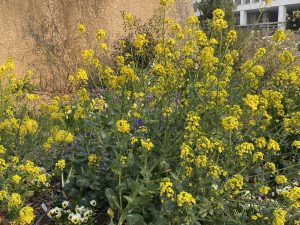 It is worth noting that, in all of these studies, honey bees and other bees got along well and both contributed to pollination. While honey bees tend to make up a small fraction of flower visitors in the areas not purposely supplemented with hives for pollination, they do help pollinate both agricultural and natural plants. What was critical for all bee species was the steady presence of flowers across the season. This was aided by the economic drivers of bee pollination (for lands in and near pollinated crops and for lands specifically managed to improve bee forage). Promoting plant resources for bees, while challenging at times, is a clear case of a rising tide of flowers benefiting all bees. These studies show the great value of ongoing partnerships between the essential and active beekeeping community and those who favor their pollinating cousins.
It is worth noting that, in all of these studies, honey bees and other bees got along well and both contributed to pollination. While honey bees tend to make up a small fraction of flower visitors in the areas not purposely supplemented with hives for pollination, they do help pollinate both agricultural and natural plants. What was critical for all bee species was the steady presence of flowers across the season. This was aided by the economic drivers of bee pollination (for lands in and near pollinated crops and for lands specifically managed to improve bee forage). Promoting plant resources for bees, while challenging at times, is a clear case of a rising tide of flowers benefiting all bees. These studies show the great value of ongoing partnerships between the essential and active beekeeping community and those who favor their pollinating cousins.


